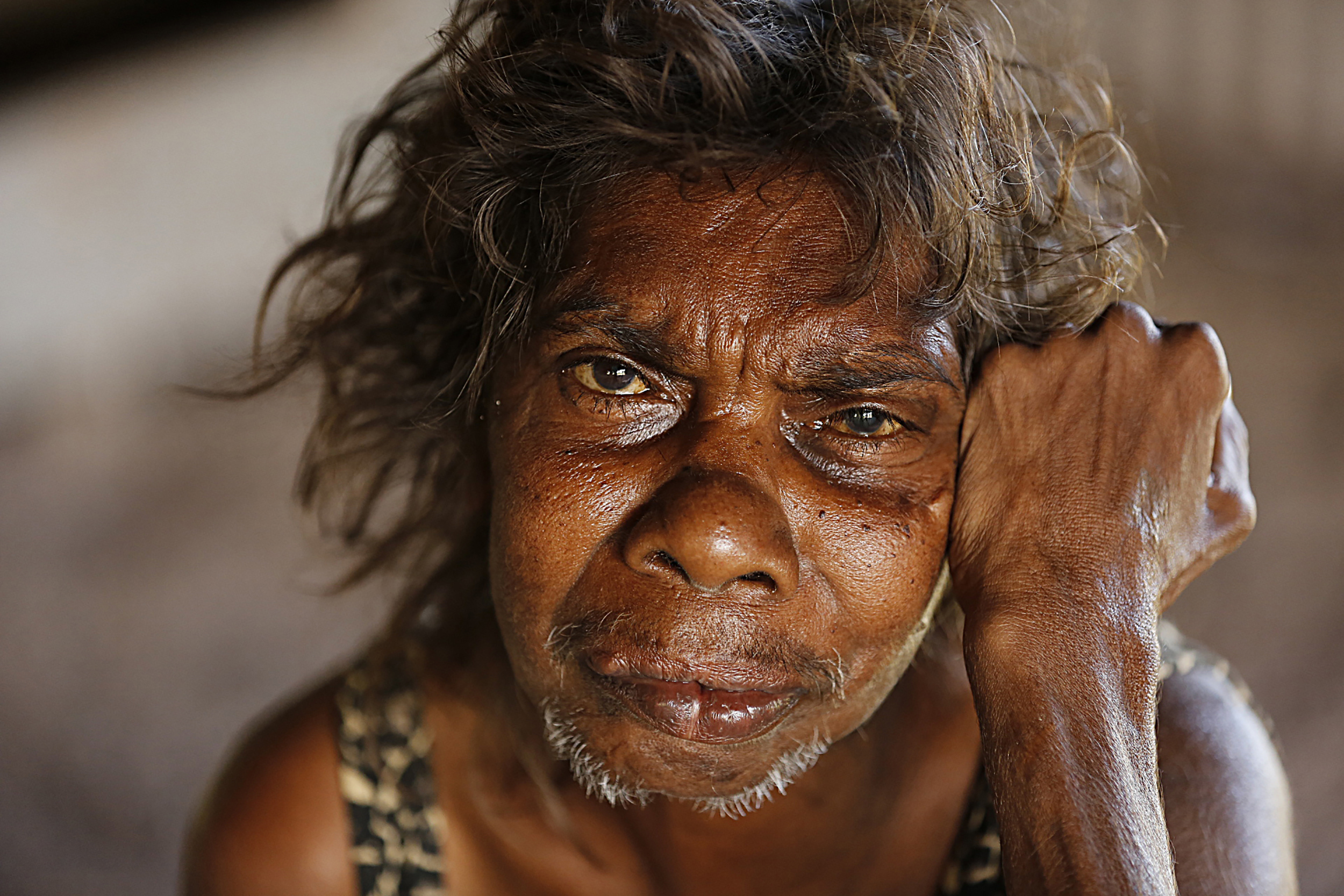
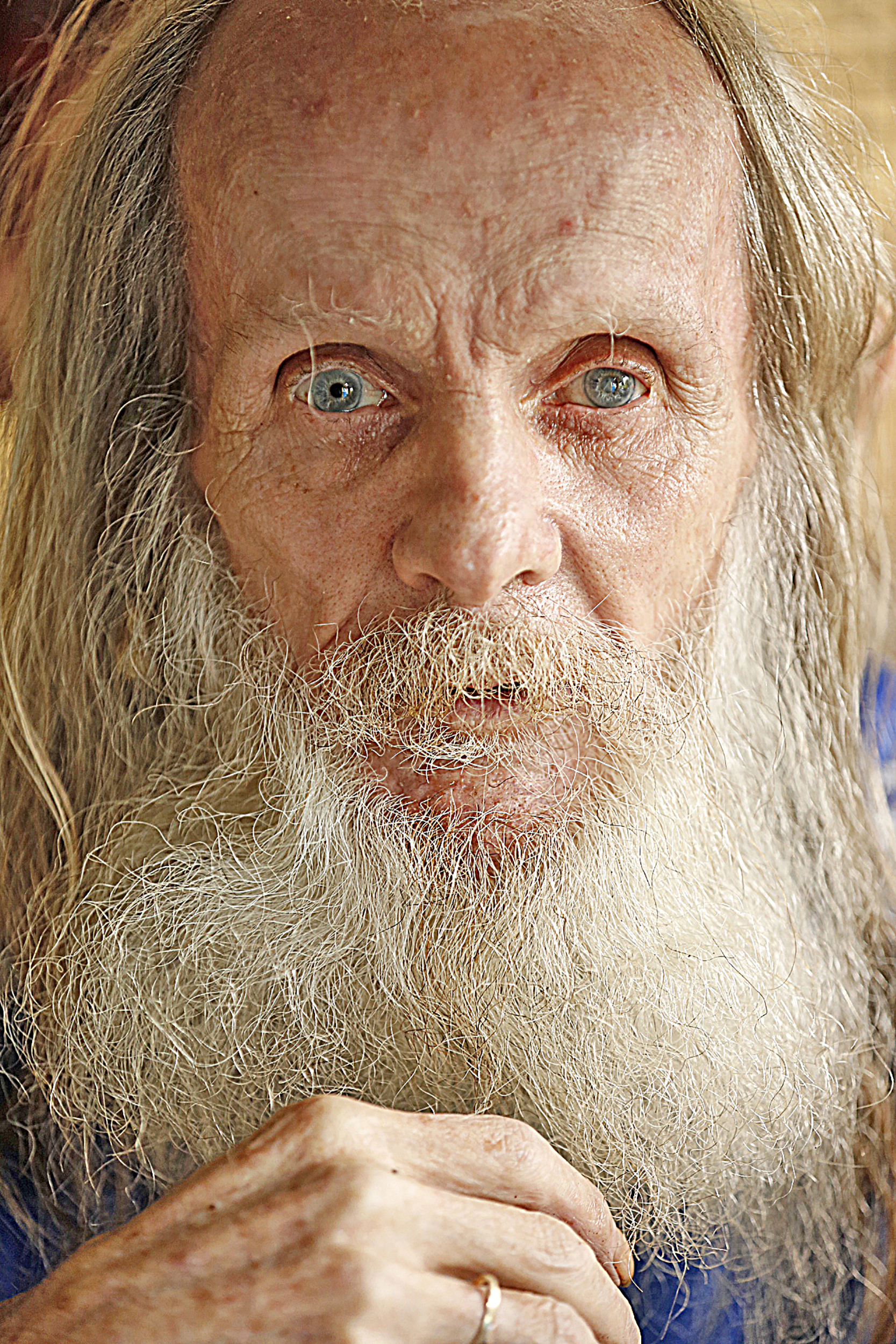
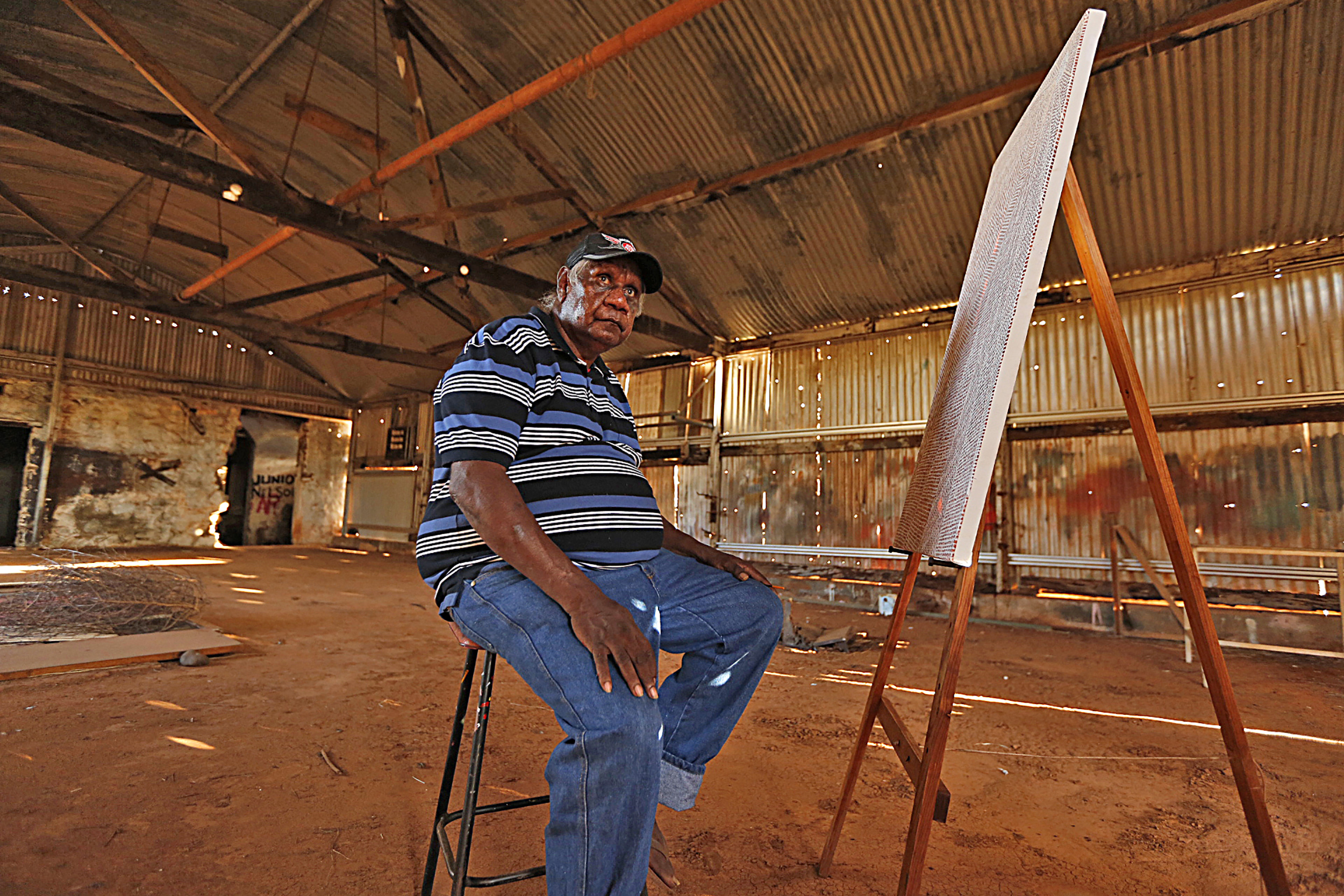

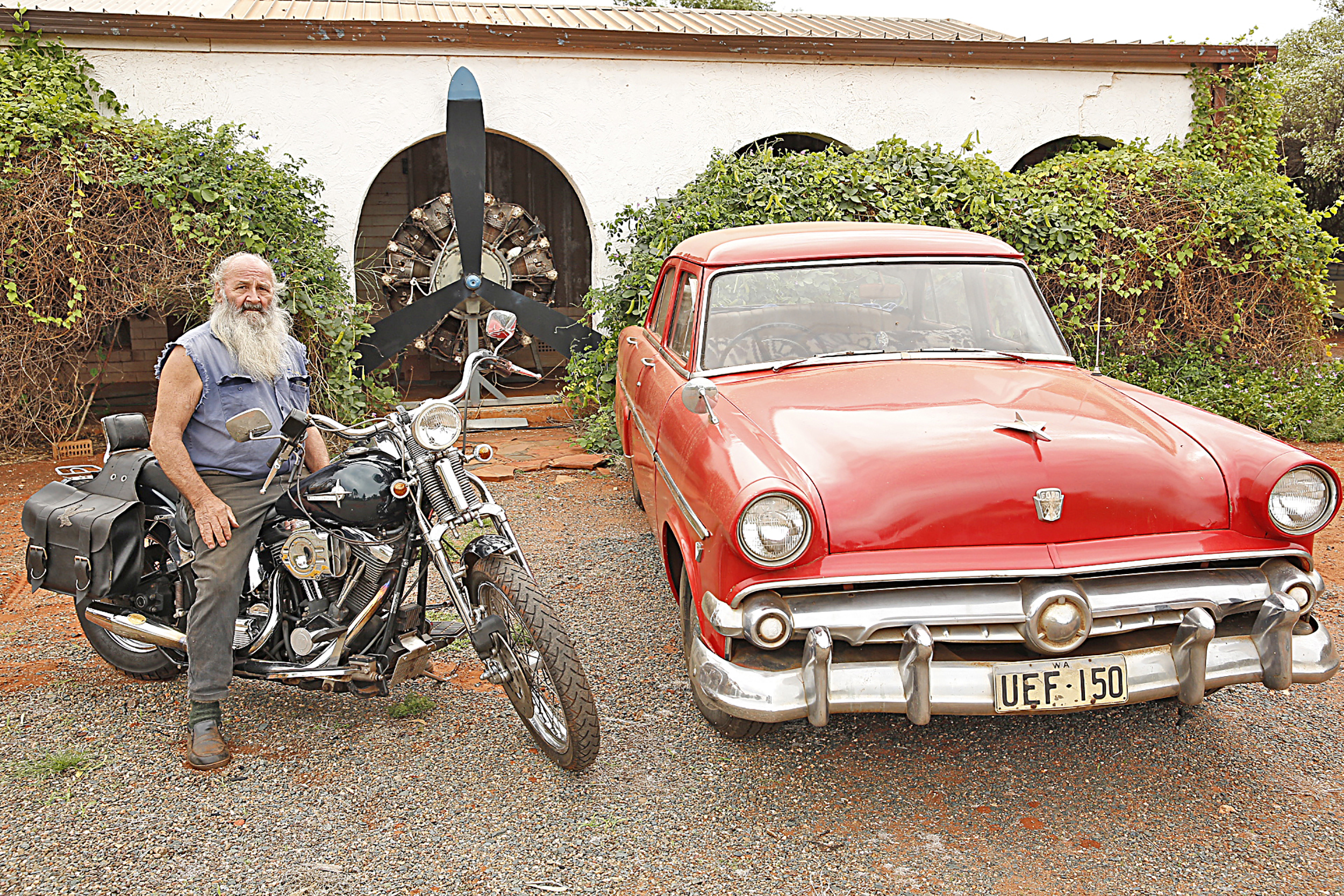

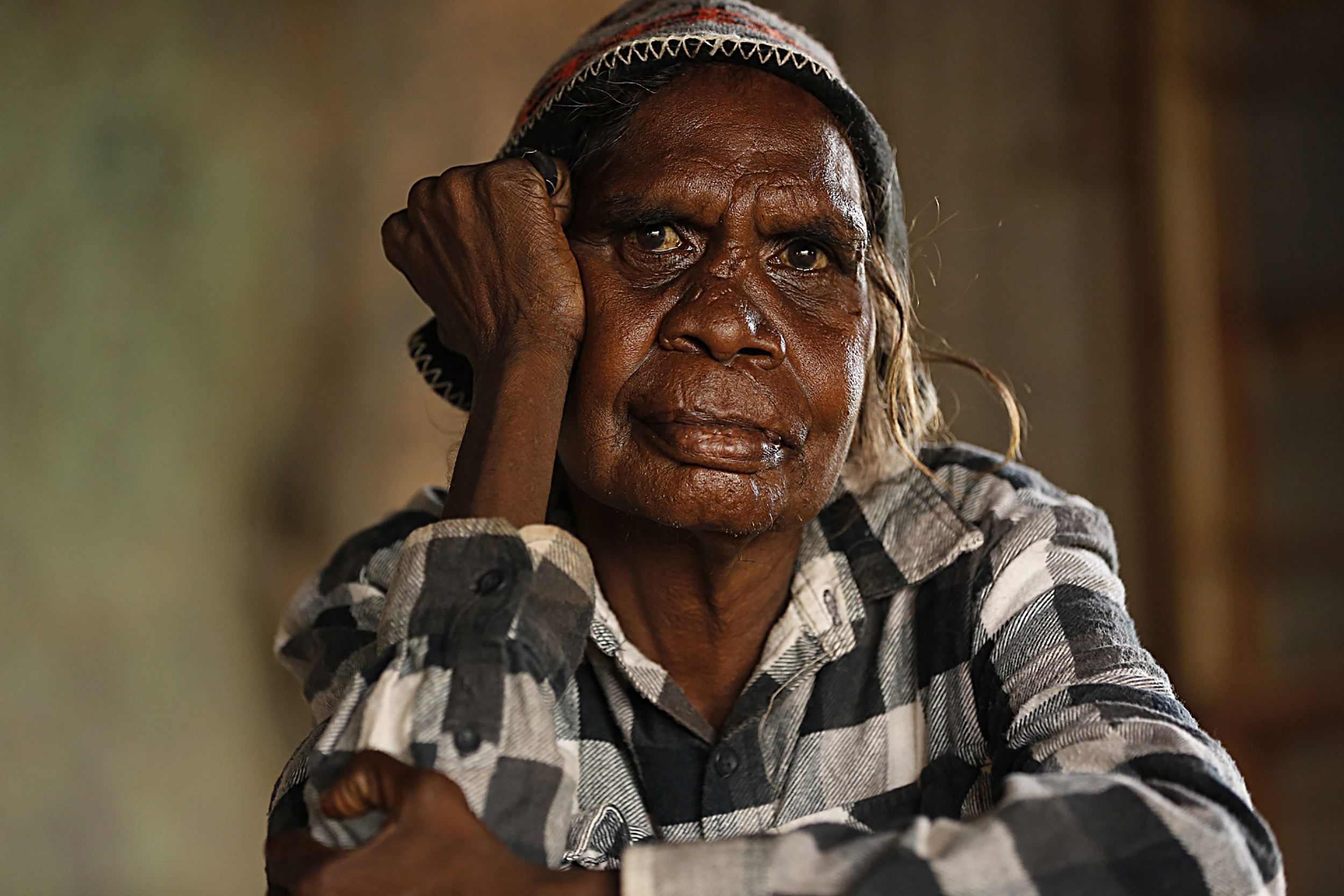

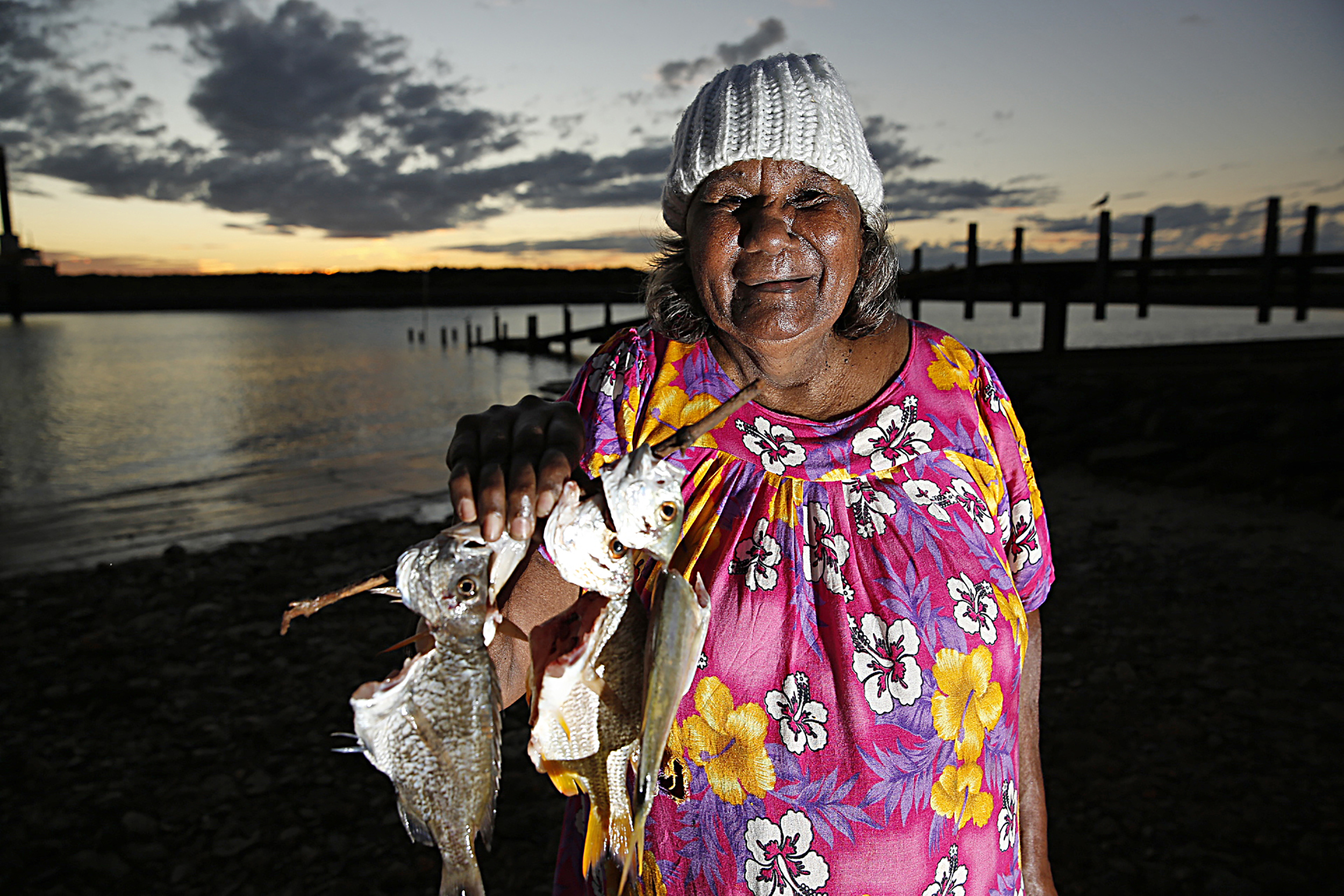
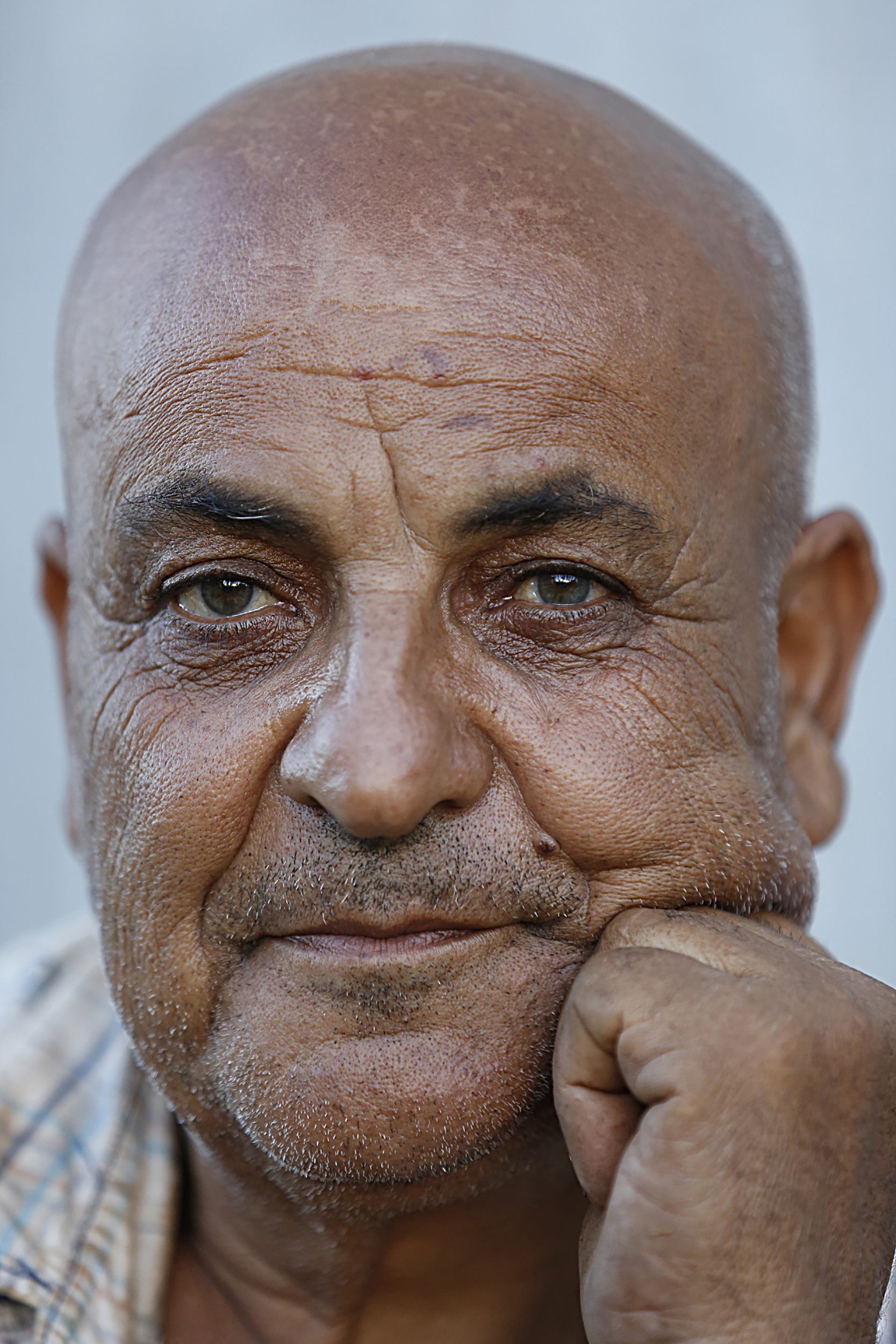
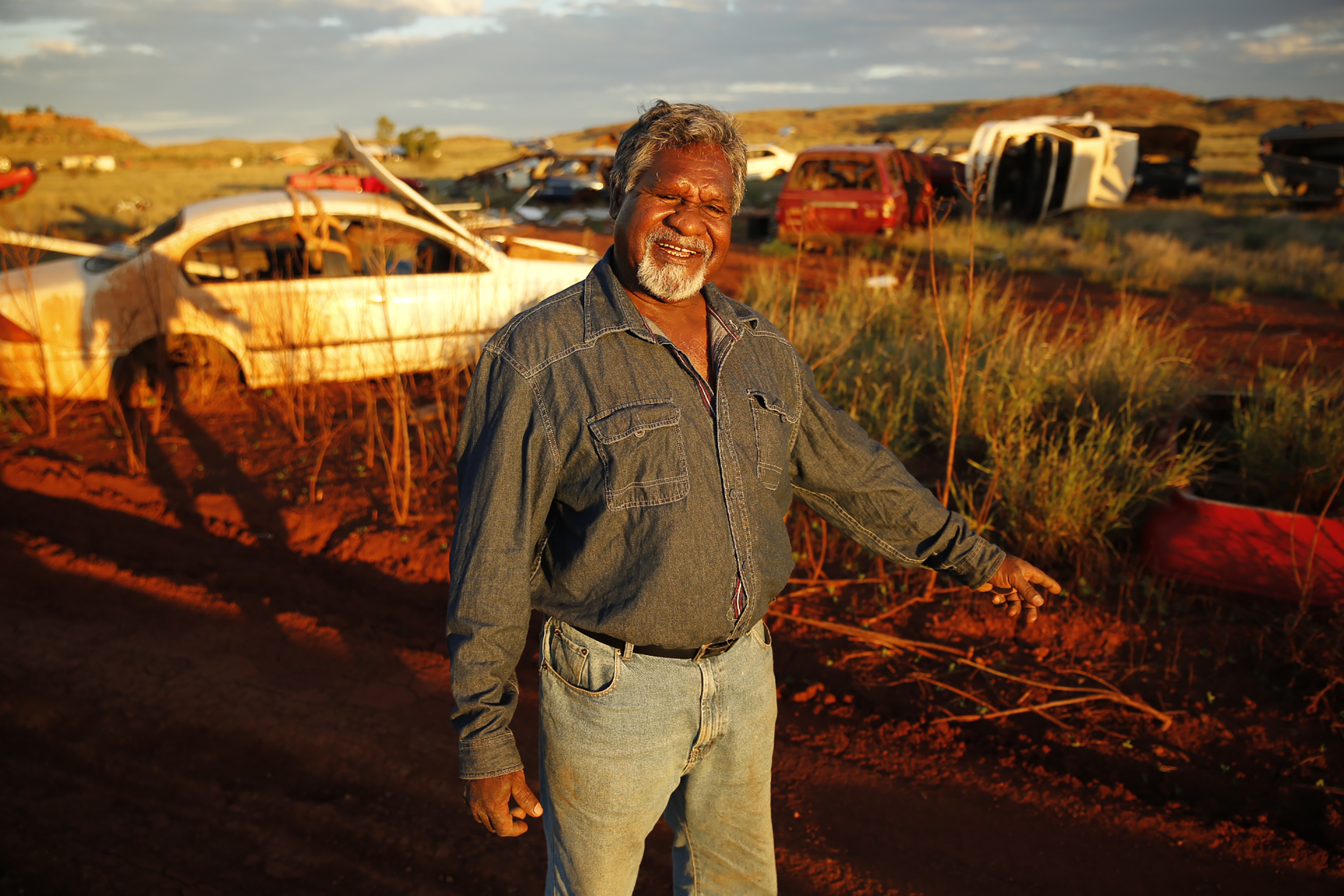
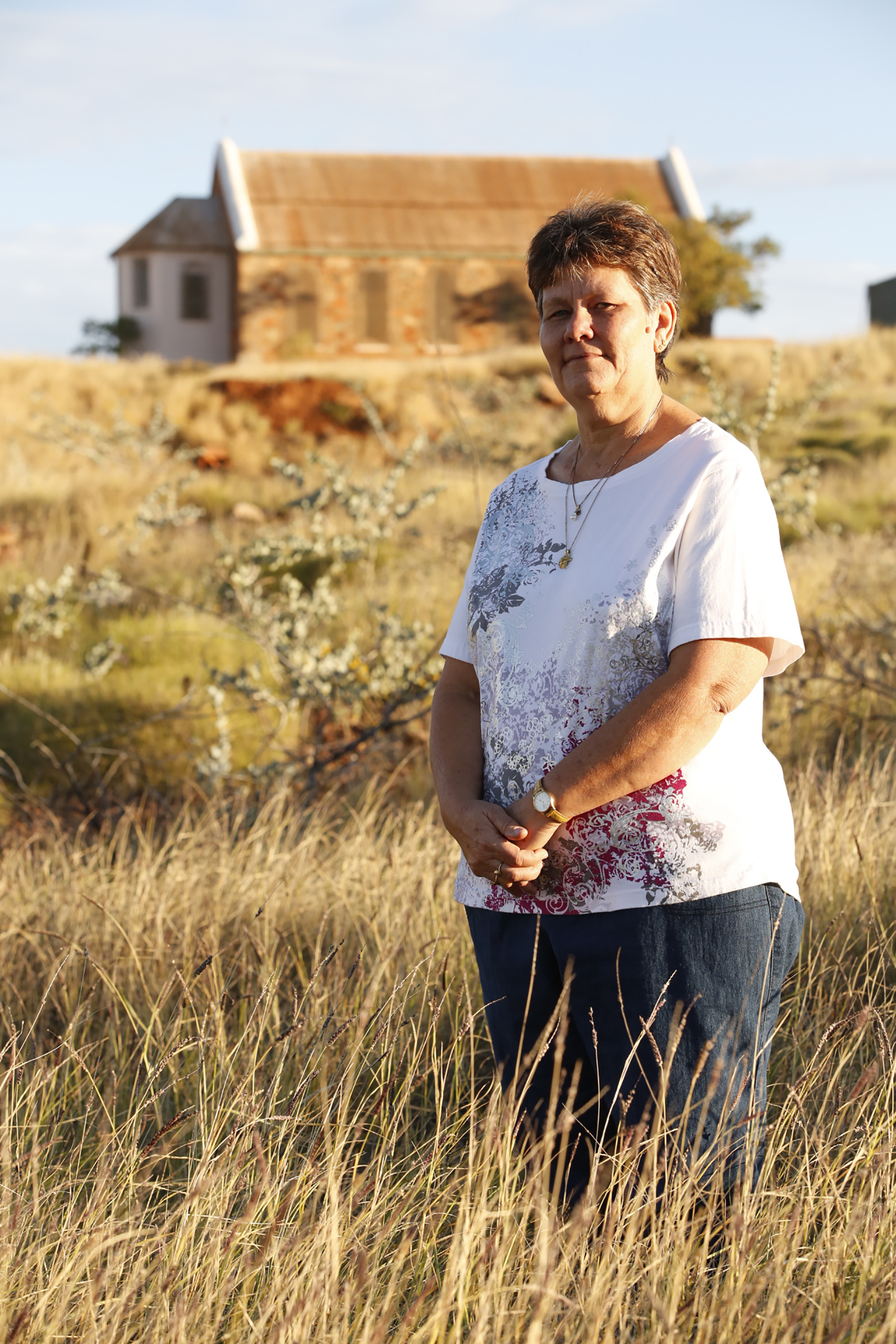
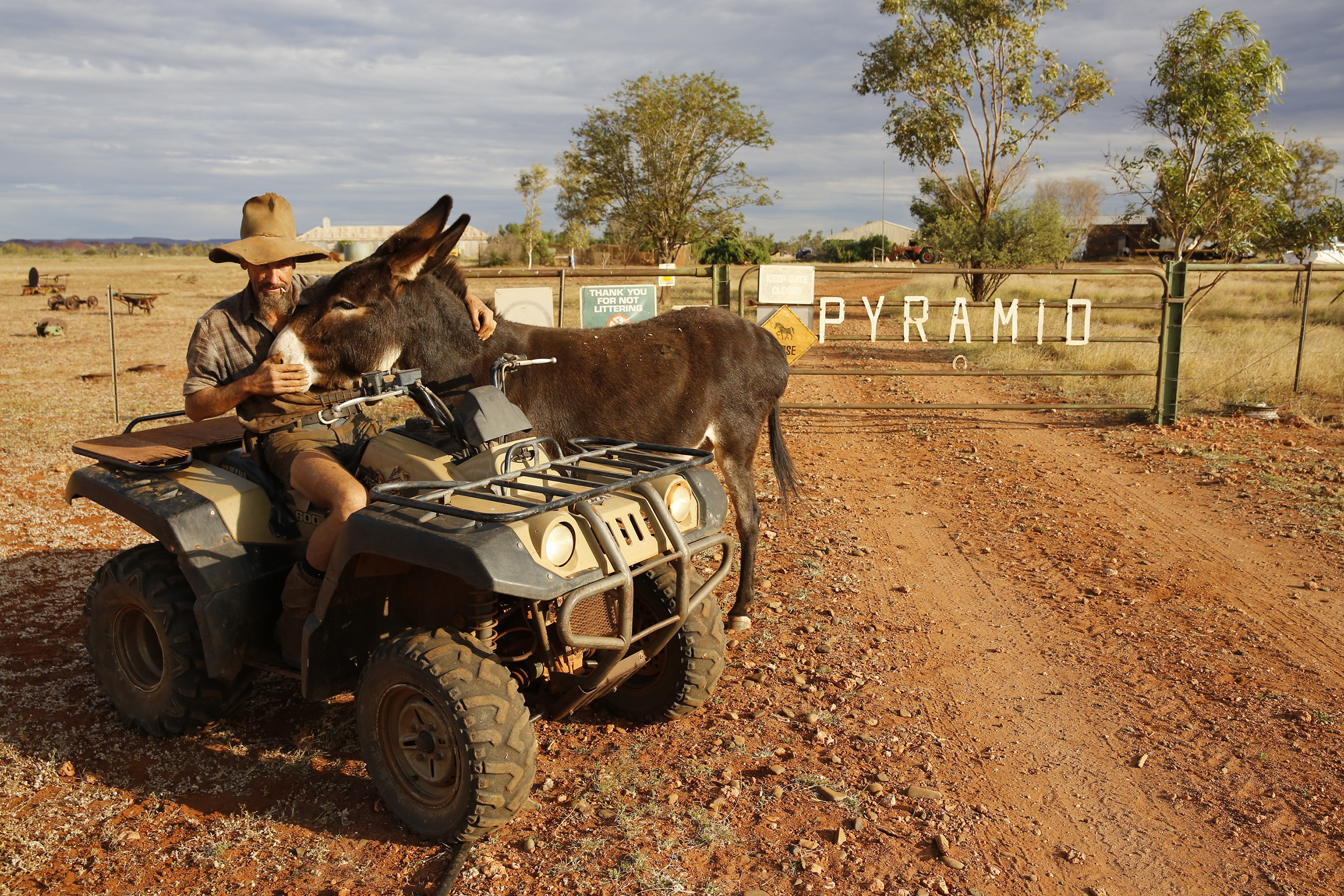
When working in Roebourne there was no such thing as a clock. Some weeks I’d go without barely making a photograph and interview. Other weeks would be far more productive. Persistence again was key. Turning up every day. Knocking on doors. Driving the streets of the town. Most of the people I photographed became friends. One bought my car. Another tried to match me with his daughter.
The people of Roebourne are incredible people. Many had suffered unbelievable hardship. The process for some became a process of healing. And on occasion I was brought to near tears by some the stories heard.
I learned out of my Roebourne project that we all are too quick to judge others about whom we know very little. And when we do that we miss out on so much. Because people such as these all have so much to teach us and share.
Too quickly I find I tend to look forward to what I am doing next. Sometimes it helps to reflect on the experiences we have had and what we have learned. The Roebourne experience was one of the best and most powerful of my life. And writing this this evening has reminded me of that.
My Roebourne project began in the winter of 2013. It was not something that had ever entered my mind until the day before I started shooting. I’d come to the Pilbara to continue work on my new coffee table book on the region, but bad weather soon put paid to that. Unusual out of season cloud. And lots of rain.
A friend had suggested that I spend time photographing the people in Roebourne. The town would shortly undergo rapid change and she suggested that the history needed to be captured before it was gone. Most generously she and her husband offered me a bed and said that I could stay as long as I needed. It was a project that fitted with my desire to capture aspects of our world being subject to rapid change
Very quickly I established a deep connection with the town and its people. My approach to portrait photography, honed over a period of years, focused on trying to reach deep into the souls of my subjects. I wanted them to feel uncomfortable when looking at the camera. And I wanted them to then get so sick of feeling uncomfortable that they didn’t care any more. That they could get then get lost in their thoughts as if I wasn’t there.
Some photographers like to talk a lot when taking their photographs. I tend to be pretty quiet. I like to work free of distractions. Generally I interview my subjects on one day and then photograph them on another. The time between lets me work out some context in which to make the photographs. How I will light them and where I will photograph them.